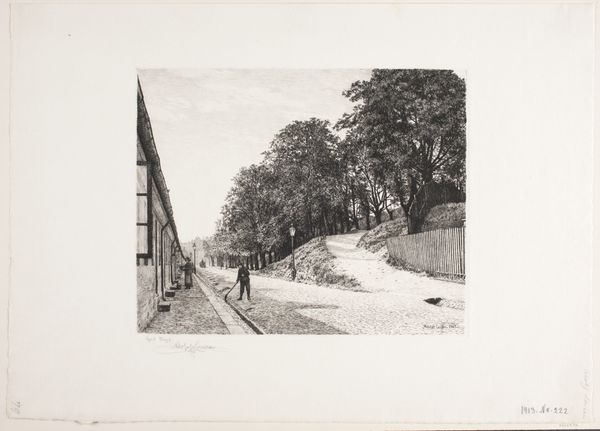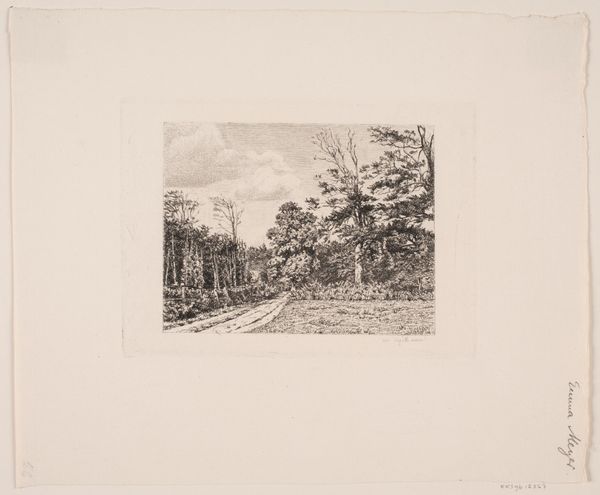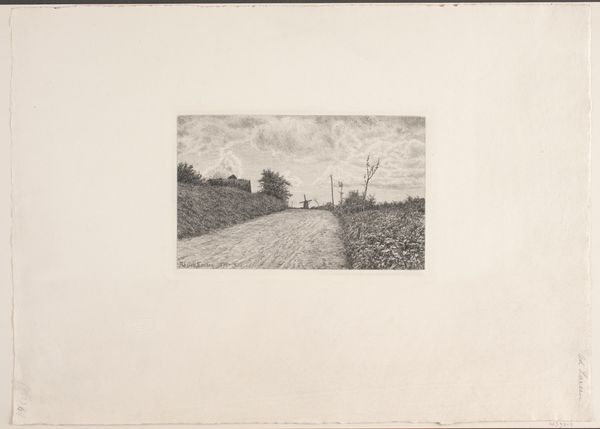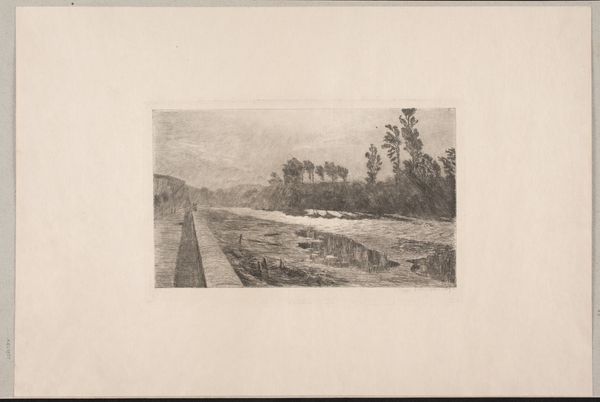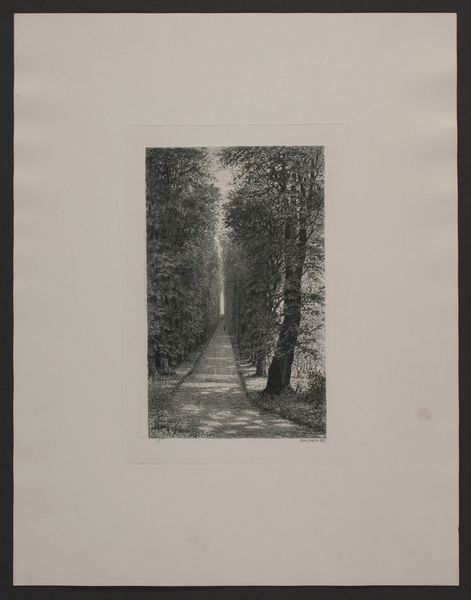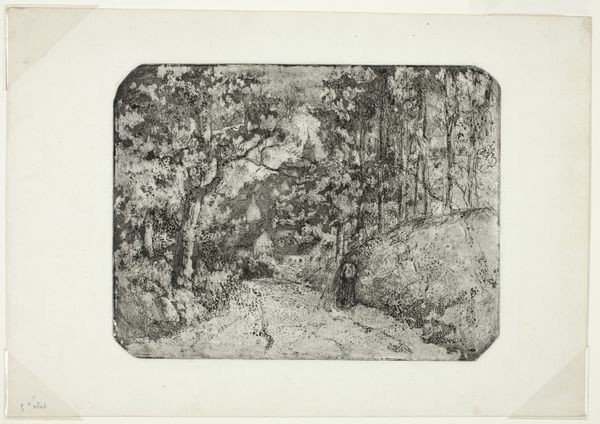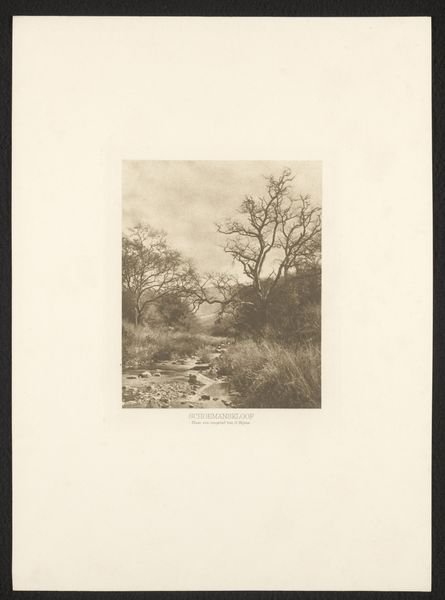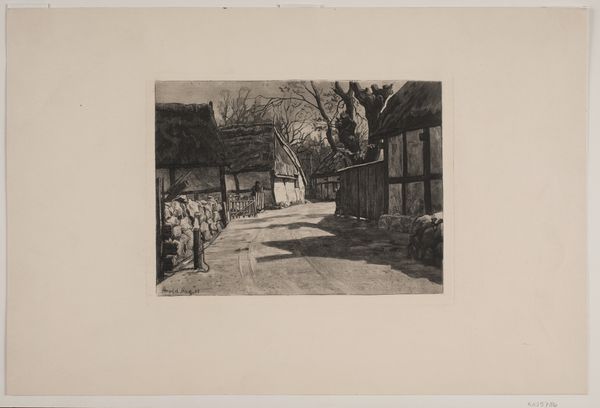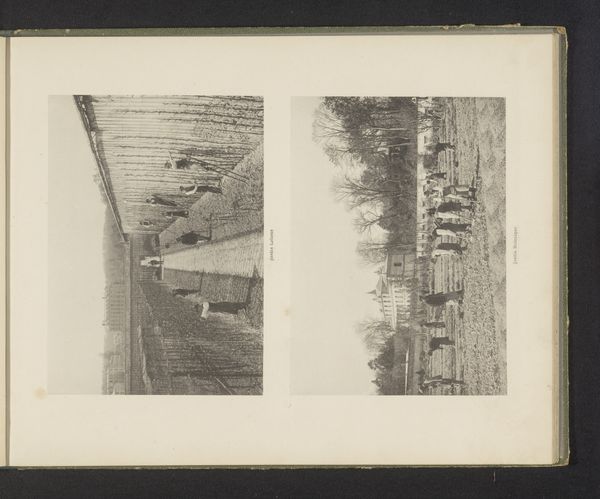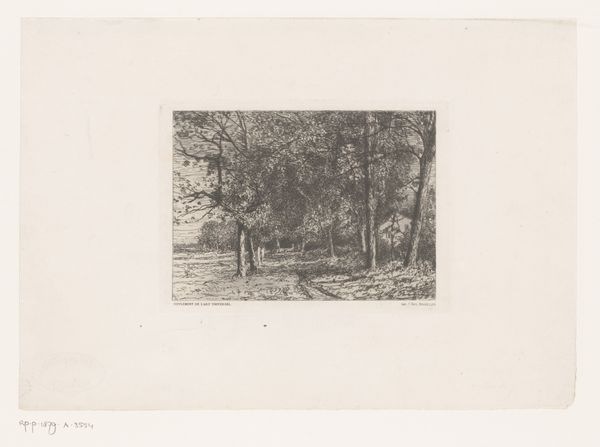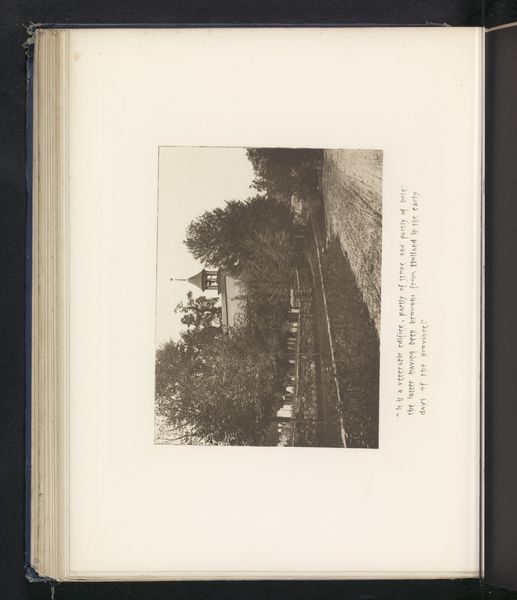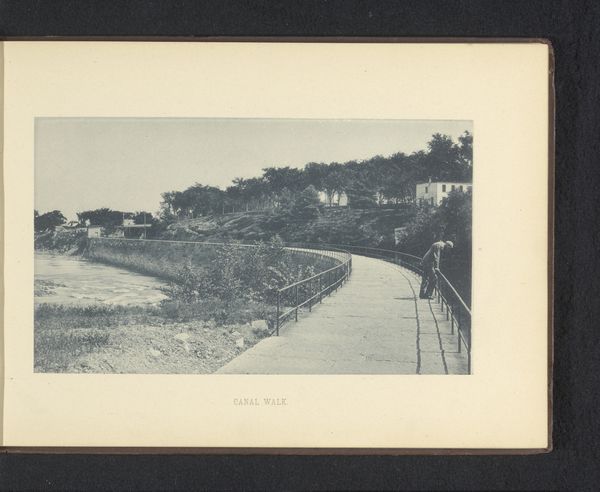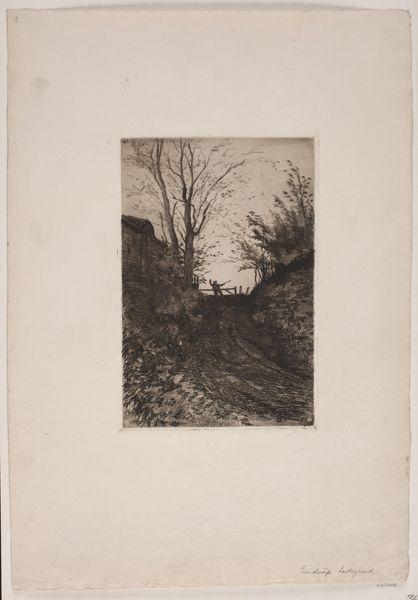
print, etching
# print
#
etching
#
landscape
#
cityscape
#
realism
Dimensions: 206 mm (height) x 255 mm (width) (plademaal)
Curator: Let’s turn our attention to Adolph Larsen’s "Langebrogade på Christianshavn" from 1913, held here at the SMK. Editor: My first impression is the almost unsettling tranquility of this cityscape. The fine lines of the etching create this sense of order but also isolation, it's almost eerily devoid of people, aside from the figure with the broom. Curator: It is a striking stillness, isn't it? Langebrogade was a bustling area. This etching, made during a time of rapid urban change, presents an almost idyllic, timeless view. There's a tension, perhaps, between reality and representation. Editor: And that representation relies so heavily on the etching process itself. The fineness of the lines to render the cobblestones and building textures suggests an almost laborious dedication to capturing the scene, it transforms labor into art itself. I wonder if the subject being captured at work has any deeper commentary to it. Curator: I see your point, particularly because, throughout Larsen’s career, he often turned to depicting everyday scenes—street sweepers, dockworkers, tradesmen. There’s a conscious decision to legitimize the image of labor, granting it an artistic and perhaps even historical weight within the broader culture. Editor: Precisely. Considering that prints were also more widely accessible than paintings, how did that democratization of art play out socially at that time, when the labor class often did not have the means or education to admire this capture of their class. Did they also see the beauty in that labor? Or was it for the bourgeois spectator? Curator: A complex question, to be sure. Etchings certainly provided more affordable art, contributing to a burgeoning middle-class interest in art collecting. However, the representation of labor often served a didactic purpose as well, reminding viewers of the social fabric that supported their lifestyle. So in short, it could reach multiple viewerships for varying purposes. Editor: So the very act of etching, with its intricate work and possibilities for replication, mirrors the working world the image displays. And Larsen’s choice to immortalize it emphasizes its intrinsic value. What a perspective! Curator: It definitely shifts the way we perceive both the artwork and the social dynamics it represents.
Comments
No comments
Be the first to comment and join the conversation on the ultimate creative platform.
